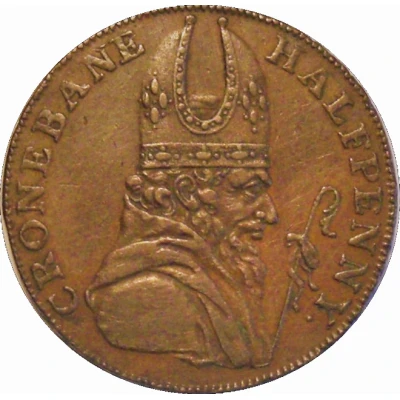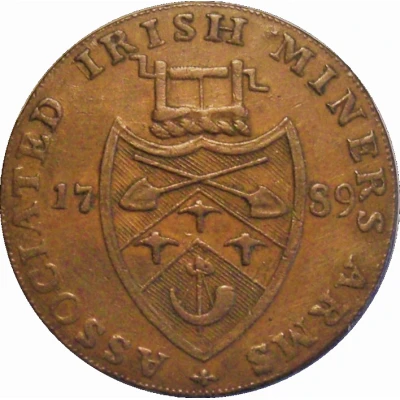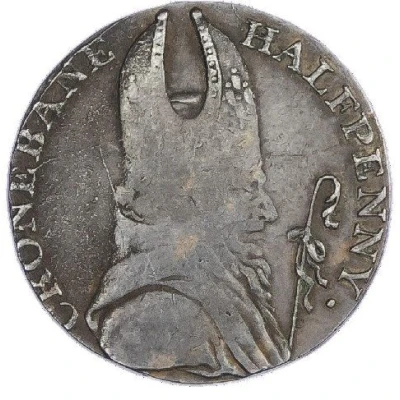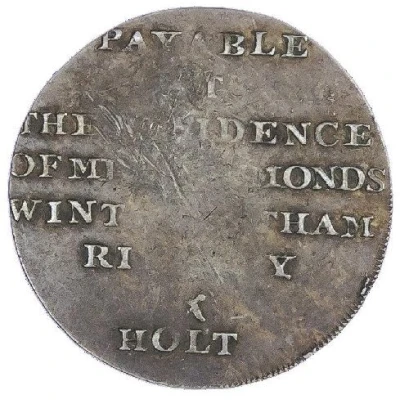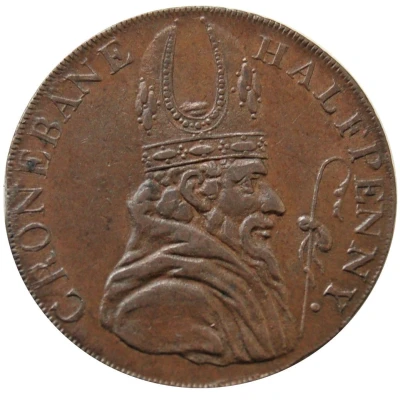
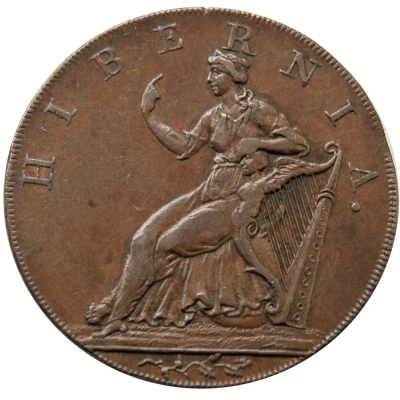

© floyd1
½ Penny Wicklow /Cronebane; Mule ND
| Copper | 9.5 g | 29 mm |
| Issuer | Ireland |
|---|---|
| Type | Token |
| Years | 1789-1793 |
| Value | ½ Penny (1⁄480) |
| Currency | Conder Tokens (1787-1797) |
| Composition | Copper |
| Weight | 9.5 g |
| Diameter | 29 mm |
| Shape | Round |
| Technique | Milled |
| Orientation | Medal alignment ↑↑ |
| Demonetized | Yes |
| Updated | 2024-10-05 |
| Numista | N#378008 |
|---|---|
| Rarity index | 92% |
Reverse
Hibernia seated left, leaning on harp. Sprig in exergue.
Script: Latin
Lettering: HIBERNIA
Translation: Ireland
Edge
Reticulated (engrailed)
Comment
Dalton and Hamer point out that the obverse is the die used on DH# 50, struck in 1789 (hence mule).
DH# 68 has an edge inscription: PAYABLE AT LONDON BRISTOL & LANCASTER
DH# 68a has reticullated (engrailed) edge
Interesting fact
One interesting fact about the Token ½ Penny (Wicklow /Cronebane; Mule) ND (1789-1793) from Ireland is that it was minted during a time of currency shortages in Ireland, particularly in the 1790s. To address this issue, various tokens were issued by private companies and individuals, including the Wicklow and Cronebane Mining Company, which issued the ½ Penny token. This token was made of copper and weighed 9.5 grams, and it was used as a substitute for the official currency, the Irish pound. The use of these tokens helped to alleviate the currency shortages and facilitate trade in Ireland during this period.
